Same Day Shipping EMI & COD on most products
Trusted Partner Since 1969
GST B2B Billing  Help
Help  00919699976817
00919699976817

Showing all 17 results
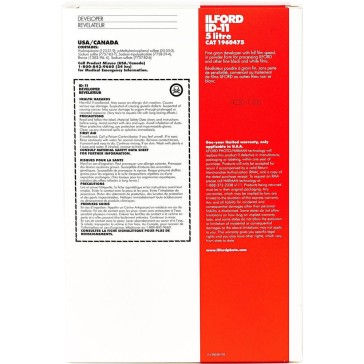
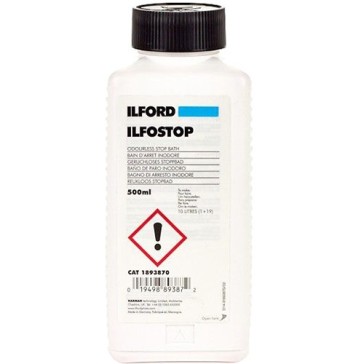
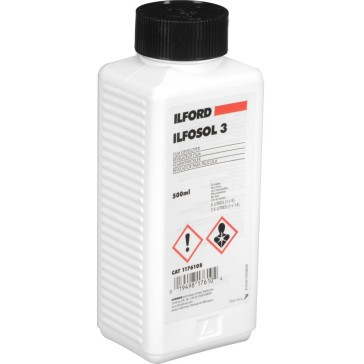
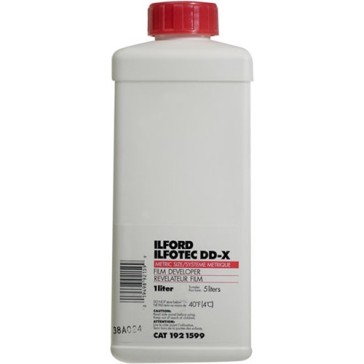
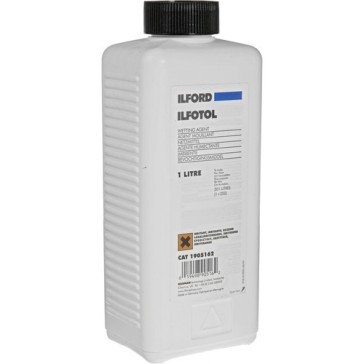
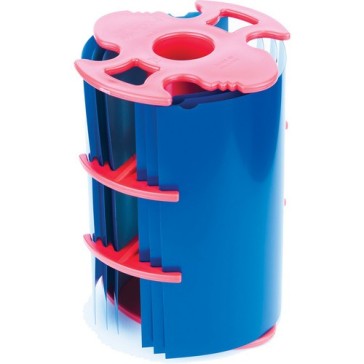

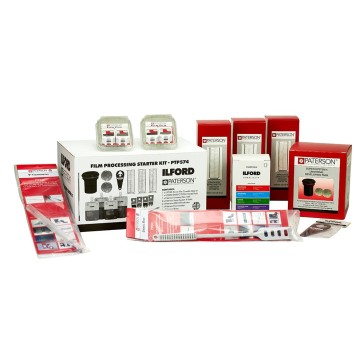
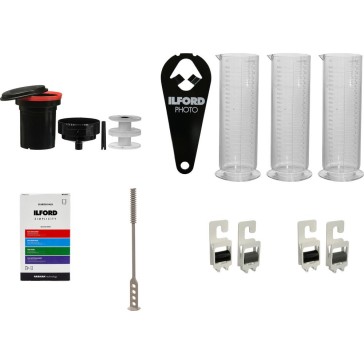
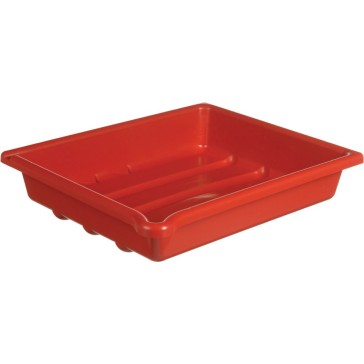
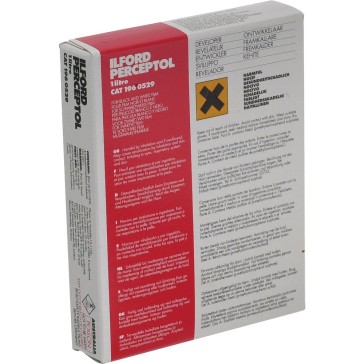
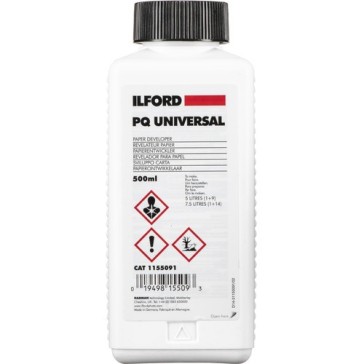
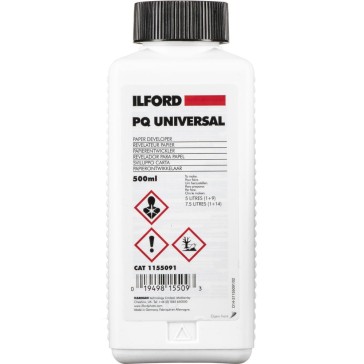
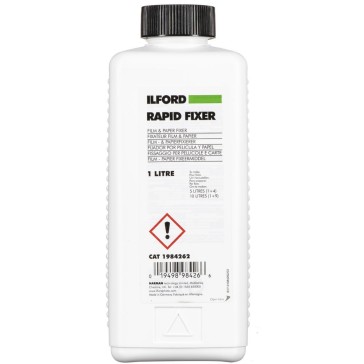
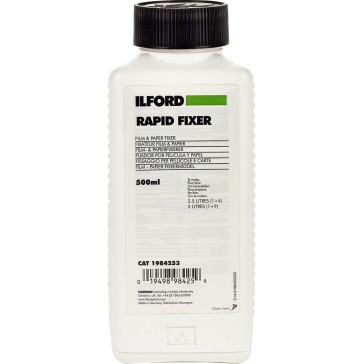
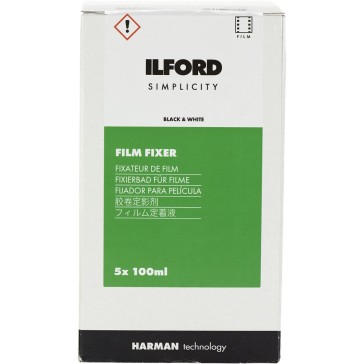
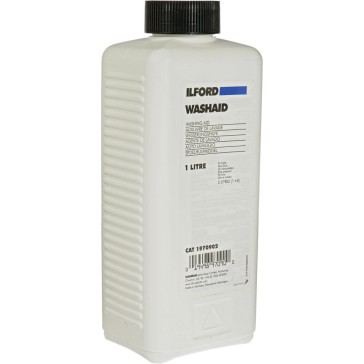
The Renaissance of Black & White Film & Paper Chemistry
In the digital age, the allure of black & white film photography remains undiminished. The unique charm of monochrome images, combined with the intricate process of film development, continues to captivate both amateur and professional photographers. Central to this art form is the chemistry that transforms a simple film strip into a masterpiece.
The Magic Behind Black & White Film Development
Film development is not just a technical process; it’s an art. The chemicals used in black & white film development play a pivotal role in determining the contrast, grain, and tonal range of the final image. These chemicals, when combined in the right proportions and under specific conditions, react with the exposed film to produce an image.
The Essential Chemicals
Developer: This is the primary agent that reacts with the exposed silver halides on the film, turning them into metallic silver and forming the image.
Stop Bath: After development, the film is immersed in a stop bath to halt the developing process.
Fixer: This removes the unexposed and undeveloped silver halides, ensuring the image doesn’t continue to change over time.
Wetting Agent: Used in the final rinse to reduce water spots on the film.
The Chemistry Behind Black & White Photography
The beauty of black & white photography lies in its simplicity. Without the distraction of color, the focus shifts to composition, texture, and tone. The chemistry behind this form of photography is equally fascinating. The reaction between the film and the chemicals during development creates a range of grays, producing images with depth and emotion.
The Resurgence of Film Photography
In recent years, there’s been a resurgence in film photography. Enthusiasts are drawn to the tactile nature of film and the anticipation of seeing the developed images. The chemistry involved in black & white film photography offers endless possibilities for experimentation, making it a favorite among those looking to push creative boundaries.
In Conclusion
The world of black & white film and paper chemistry is vast and intriguing. As digital photography continues to dominate, this traditional form of art reminds us of the beauty of manual processes and the magic that chemistry can bring to life.
The primary chemical used to develop black-and-white film is the developer. It reacts with the exposed silver halides on the film, converting them into metallic silver, which forms the image.
The stop bath plays a crucial role in halting the development process. After the film undergoes development, it is immersed in a stop bath to ensure that the developer ceases its action, preventing overdevelopment.
A fixer is vital as it removes the unexposed and undeveloped silver halides from the film. This ensures that the image remains stable and doesn’t continue to change or degrade over time.
Black & white film photography primarily focuses on the reaction between the developer and the exposed silver halides to produce grayscale images. In contrast, color photography involves multiple layers of color-sensitive compounds on the film, requiring a more complex chemical process to produce colored images.



Most units are shipped same day using professional courier services with tracking.
We work round the clock to ensure you get the highest level of customer satisfaction.
Well packed, Sealed Units are shipped from our warehouse which are waterpoof & sturdy.
Design Info
GST: 27AYUPJ2628P1ZK
No.1, Saremals, Shastri Hall Building,
Nana Chowk, Grant Road West,
Mumbai 400007, Maharashtra, India
New Delhi Branch – South Ex 2, 110049
Also Ships DAILY from Brisbane, Dubai,
Berlin, Barcelona, Detroit & Vancouver.
Connect online / schedule a demo
Call/WhatsApp: +91-9699976817
Email: [email protected]
Live Chat: Business Hours
Follow Us: @designinfo.in
Copyright © 2014-2022 Design Info All Rights Reserved. Feedback on web experience
Since 1969